Here’s a closer look at a Denon DP-30L direct-drive turntable and a reminder of why turntables need expert attention.
This particular Denon DP-30L direct-drive turntable came in having just been fitted with an Ortofon 2M Red moving magnet cartridge and new audio cable. You’d think she be good to go, right..?
For more Denon DP-30L goodness, check out my service and review article.
Cartridge Alignment Blues
A well known local hi-fi store fitted the Ortofon 2M Red to my customer’s Denon DP-30L. I have to say this was easily the most misaligned cartridge I’ve ever seen. The images below don’t really do justice to just how bad this was. I can say that whoever installed this had no idea what they were doing.
Note the heavy misalignment of the cartridge in the headshell. Some deviation from zero is acceptable when shooting for a particular alignment. Rarely is much needed though and certainly never this much. The cartridge mounting distance or overhang was also incorrectly set. These fundamental issues are easily fixed, but the deck should have been set up correctly in the first place.
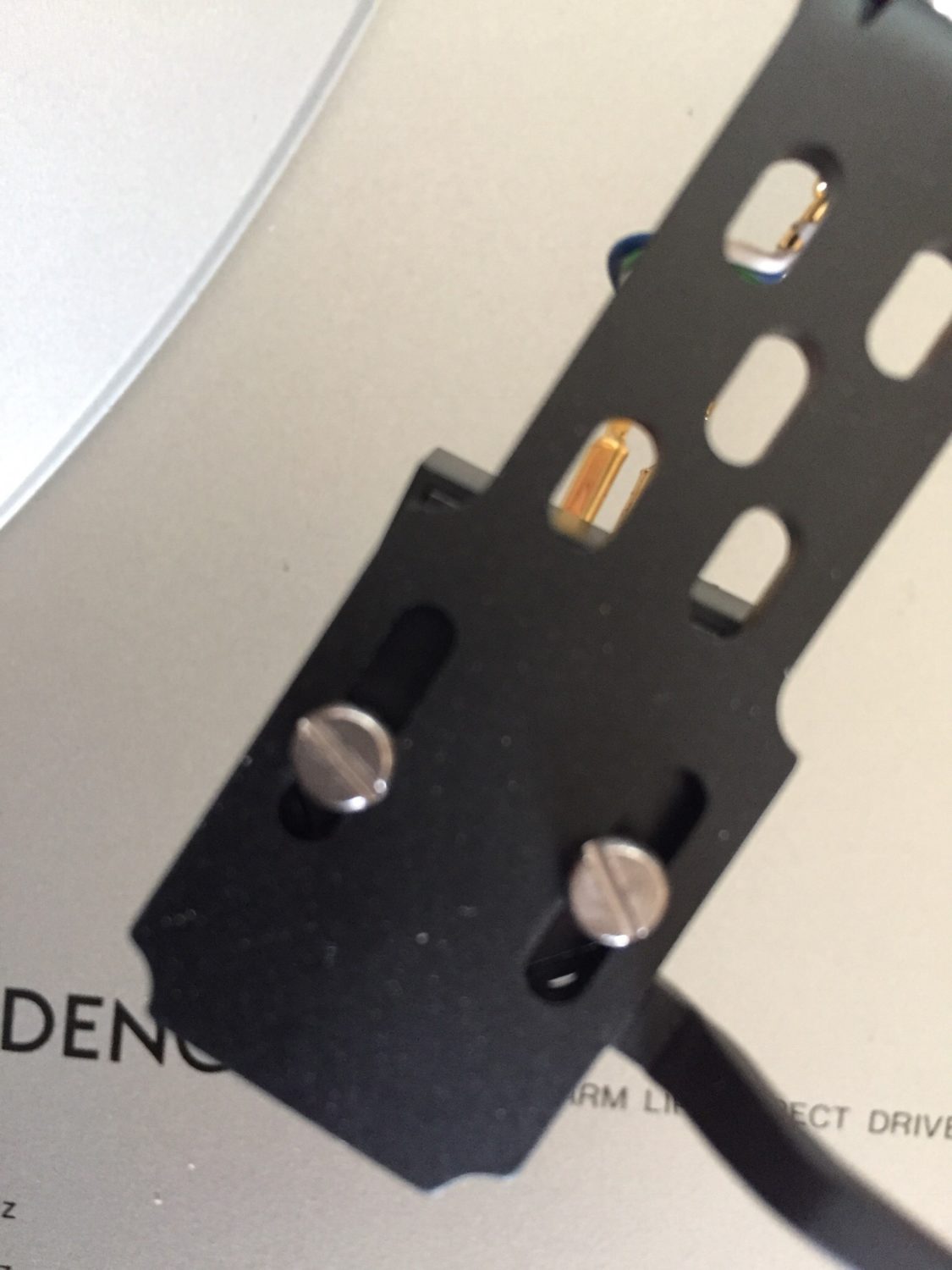



Denon DP-30L Cable From Hell
There were a couple of other problems with this lovely deck. Firstly, the owner’s friend had fitted a new audio cable for him. Nice of him to do that, for sure, but he used the wrong type of cable and one that is too thick/stiff for the job.
This looks to be a car stereo cable, purchased from a local electronics supplier. It’s not a grade or type that we would normally use for a turntable. It’s so thick and stiff that he was forced to Dremel out the back of the cabinet to accept it. There was a problem with quality control – you’ll see what I mean in a moment.


Right now you’re thinking – “Mike, you’re pretty harsh on these issues…” The thing is I’m happy with work done well. The basics are here but the problem is that the owner experienced channel dropouts after this cable was installed. Can you spot why, from the image below?

Hopefully, you can see it – a whisker of copper from the new cable is shorting out signal and ground in the left channel. This is why the deck never worked properly after the cable was installed. After proper trimming, cleaning and inspection, the joints look like this:

There’s quite a difference and I’m hoping that readers can see that attention to detail really matters. In this great example, it makes the difference between a deck that works perfectly and one that doesn’t.
Arm Lifter Repair
The last issue I wanted to resolve on this Denon DP-30L was that the automatic arm lifter was non-functional. Normally, the lifter drops the needle at the start of a record and lifts it at the end. In this deck, the arm-lifter linkages were jammed.

I disconnected everything and, after lubrication and careful examination, I determined that the mechanism had been reassembled incorrectly, presumably by a previous tech troubleshooting the arm-lifter mech. Once I’d resolved this, the arm lifter worked perfectly.
Motor Service
Finally, I serviced the DP-30L motor and made some adjustments to the master speed controls on the mainboard, so that when you switch from speed to speed, no adjustment of the vernier speed control is needed.

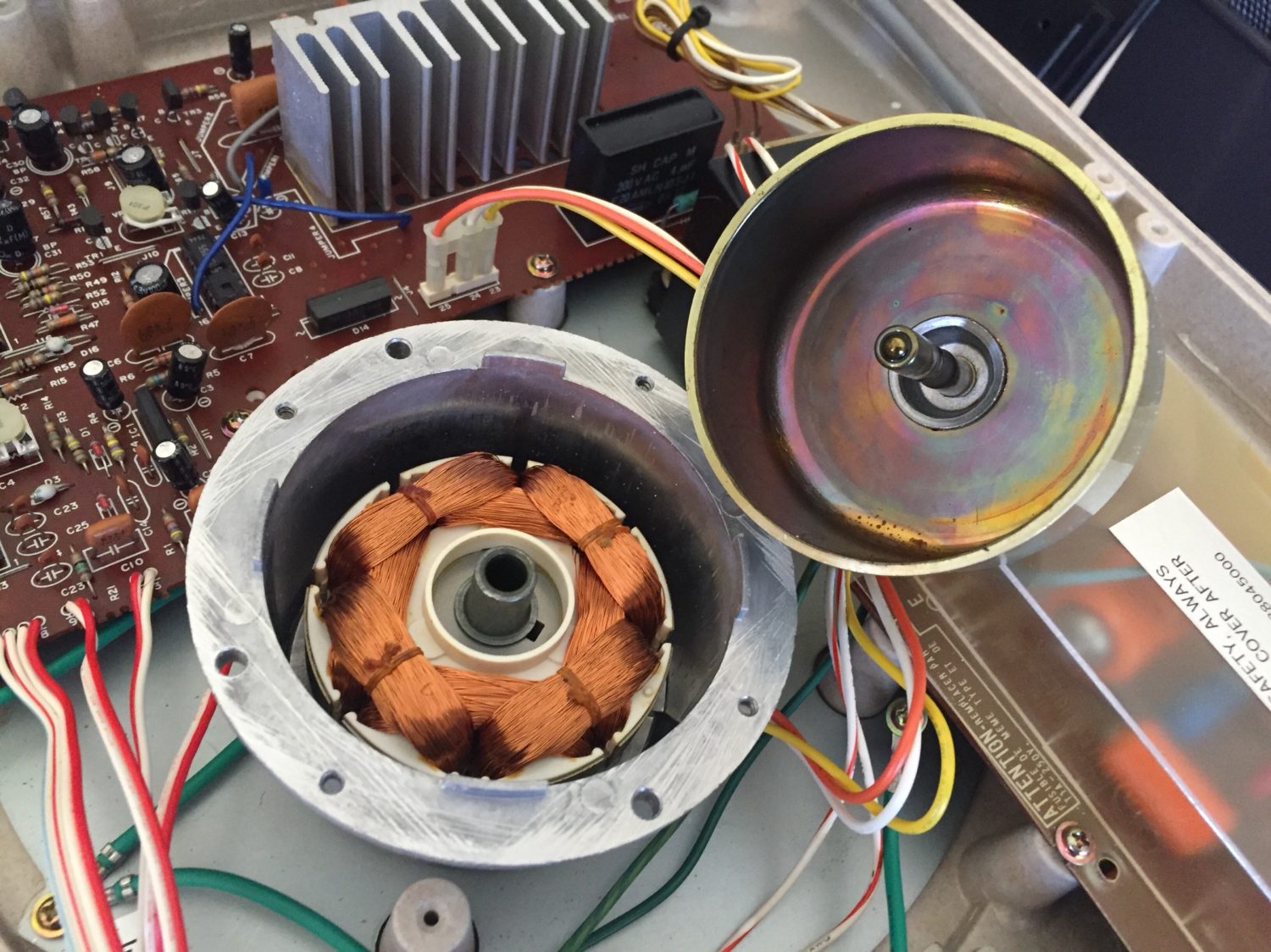




Speed Control Adjustment
Lastly, the deck went to the workshop for some electronic adjustments. I support the deck on a jig to allow access to the mainboard underneath. This is an extra step that makes the difference between a deck that works and one that works perfectly.
I adjusted the master speed controls so that the verniers now operate right in the middle of their range. An equal number of turns of the knob up and down produces the same speed adjustment up and down, say 3% each way. Both speeds (33 and 45 rpm) are spot on now when you switch between them, without needing to fine-tune with the vernier.
The DP-30L now runs perfectly, as she should after a service like this. To quote the owner:
“Sounds friggin amazing, thanks, Mike!”
Thanks to my customer for trusting me with his lovely turntable!


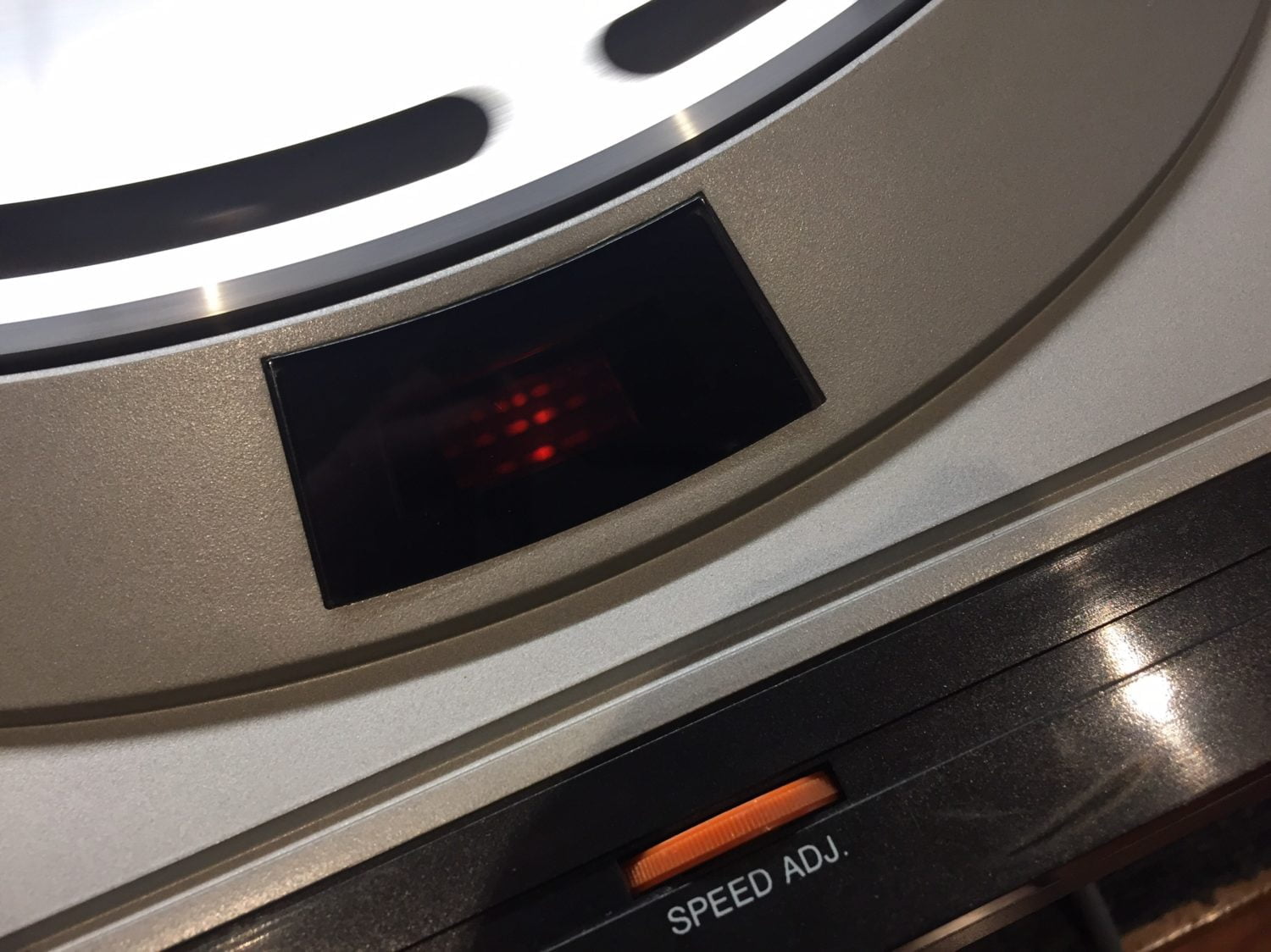
Discover more from LiQUiD AUDiO
Subscribe to get the latest posts sent to your email.

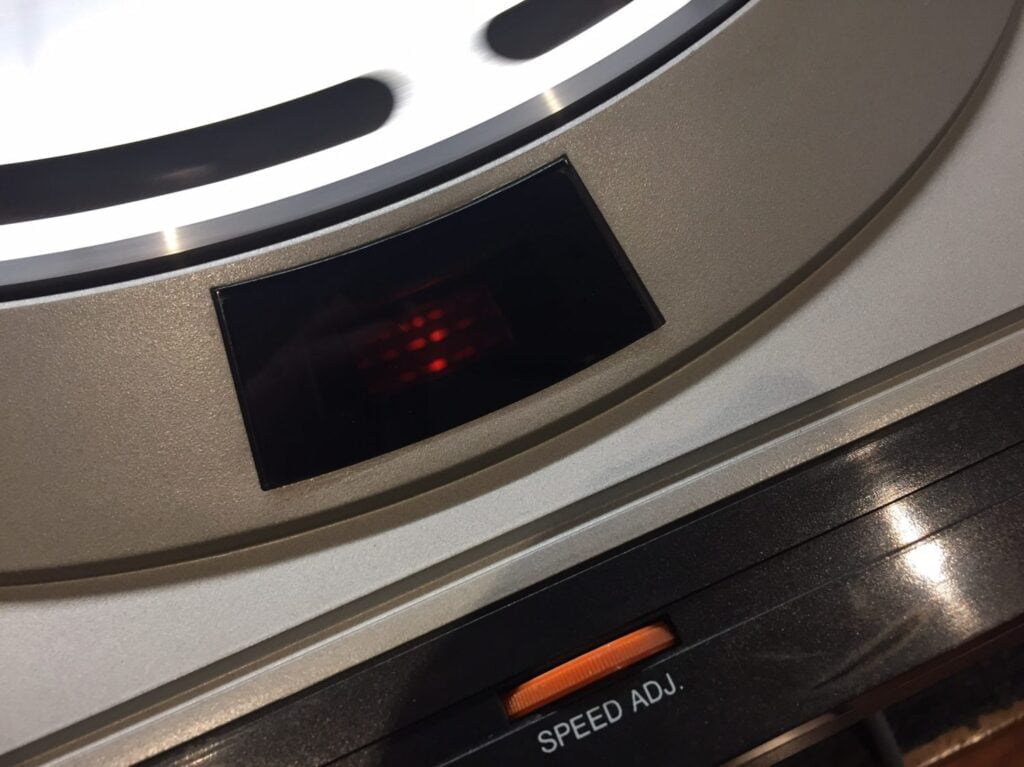

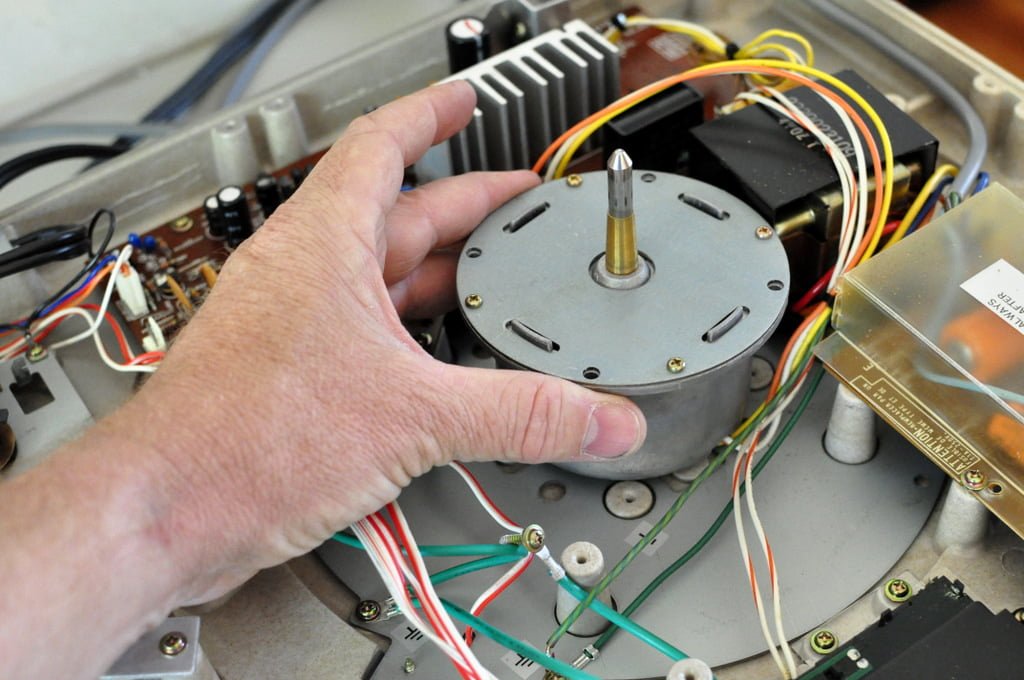
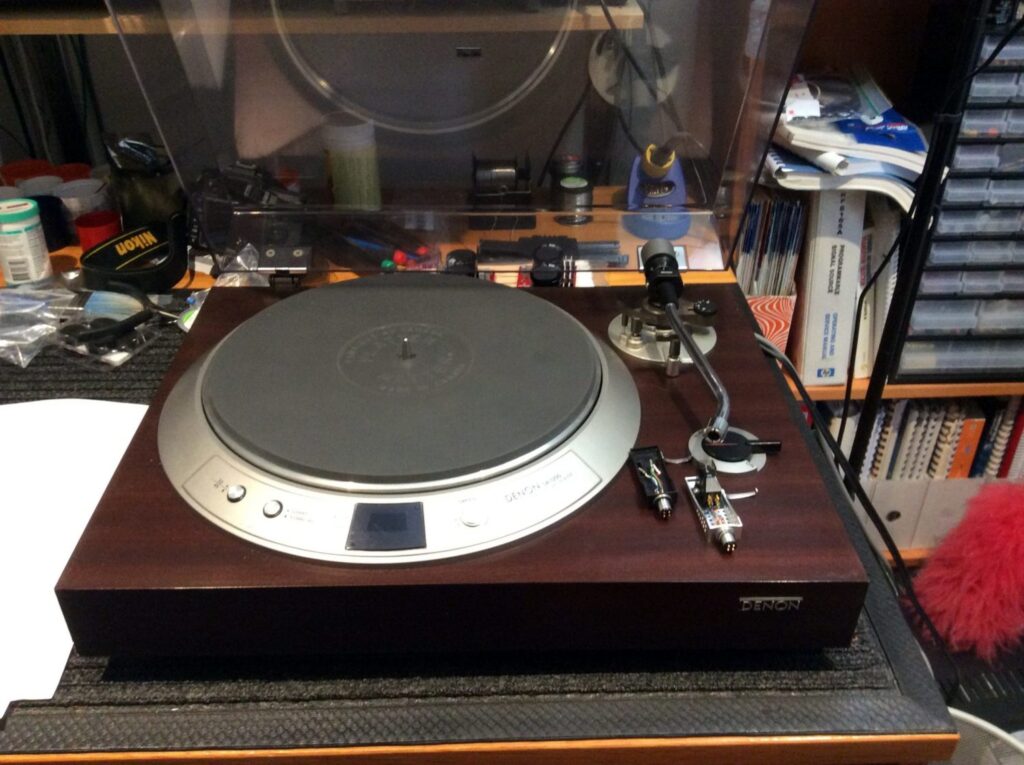
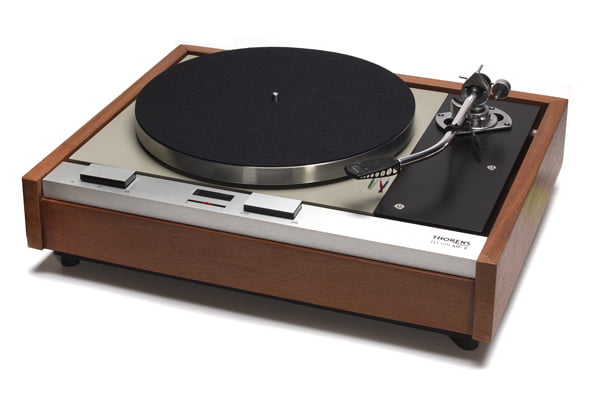
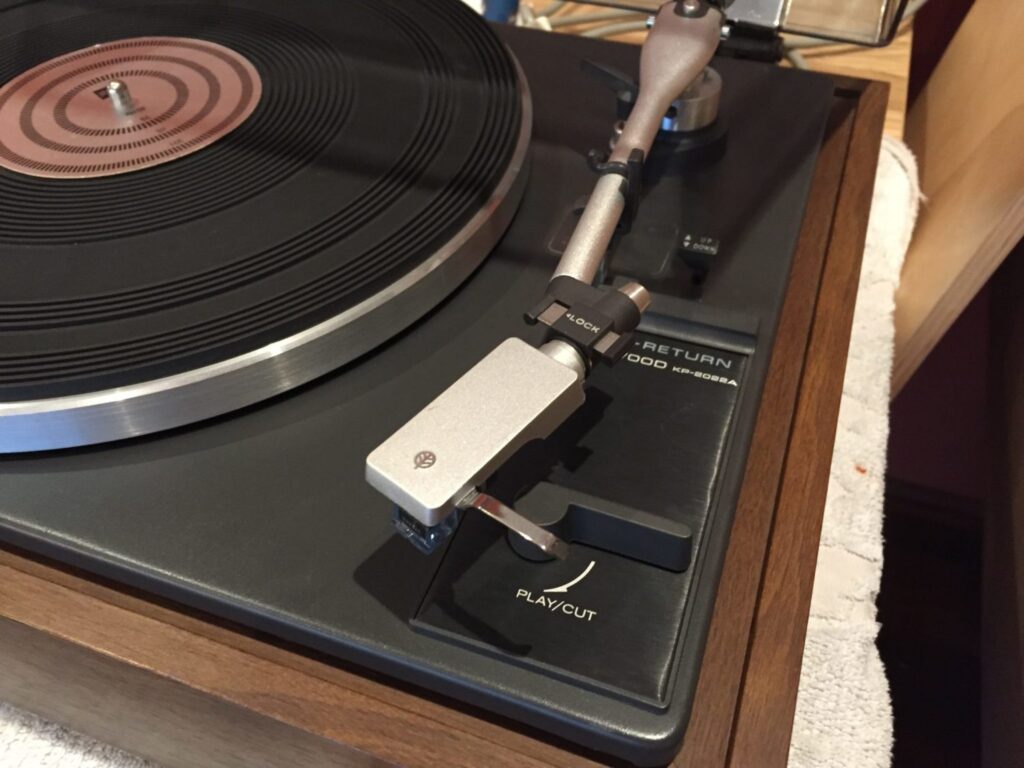
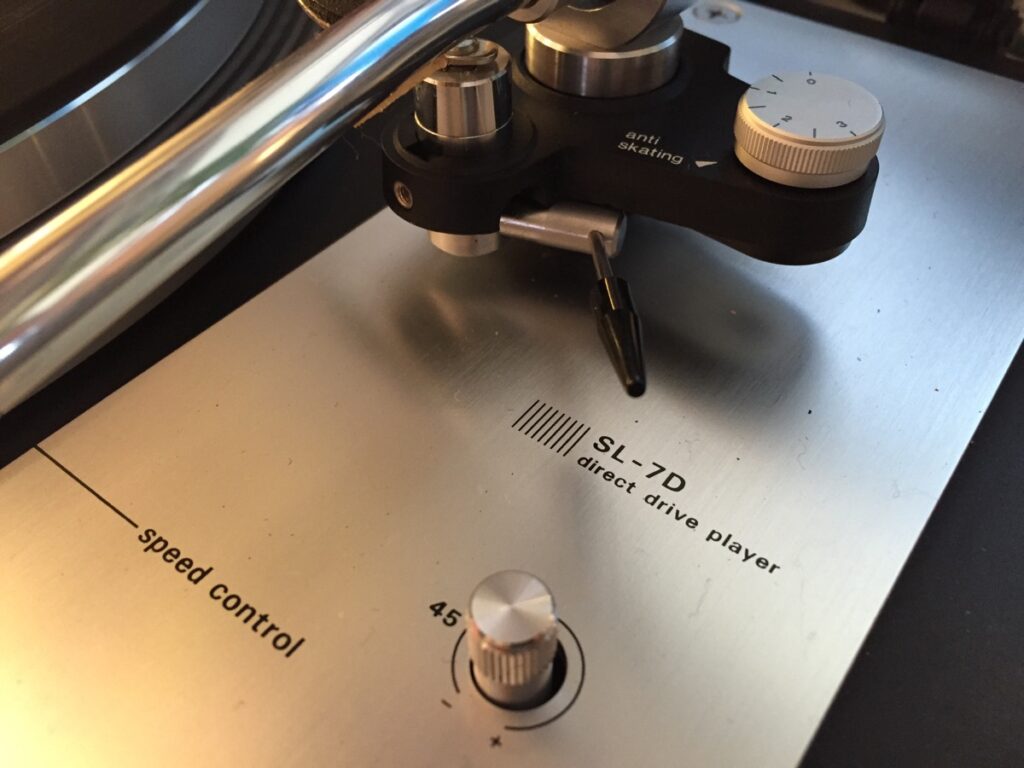
Great stuff but painful to see what is happening these days with TT. Most people have no idea what is important and how to fix it. Do you do also measurements for speed and Wow and Flutter, to check if the motor is running perfectly and the bearing is in good condition? Yes you need an analyzer and special Testrecords. Anyway, you are doing lovely things with care. I really like that. Regards from Holland.
Hi Chet, yes agreed, I have a wow and flutter meter along with a huge range of other test and measurement equipment, test records and tools. I’ve been doing this a long time so wow and flutter analysis is only warranted when I test a deck and hear something not right. I listen to every deck I service of course.
Hello.
Last week, I bought a Silver direct drive SL5050 with the complaint of not turning. First detection: Transistor failure in the oscillator stage and I replaced it. The pickup still hasn’t returned.
On detailed checks, I noticed that the direct drive motor was also removed. There are two 4-legged Hall sensors inside. I tested the signal with the oscilloscope. There is no pulse. It can’t identify the engine issue. That’s why I suspect these. But, there is no code on them, no pin1 sign, no writing. What can I replace these hall sensors with? Stay happy every day. Best Regards.
https://electrotanya.com/silver_sl5050_turntable_sm.pdf/download.html
Hi Safak, thanks for your question. I’m not familiar with this machine or the Hall sensors used and would need to do some research to come up with a likely replacement, assuming they are bad. That would normally require hands-on assessment and testing of the deck and/or sensors, dimensional measurement, pinout analysis etc, so I cannot easily assist with this one, unfortunately.
Hi
I have one of these turntables and I am having massive issues trying to resolve a ground issue, or what appears to be a ground issue.
The connectivity path is:
Turntable
Phono preamp
Pre amp
Power amp
I get a ground hum/ buzz from the TT. Removing the ground wire does not increase or decrease the volume of noise.
The pre amp has a phono input so I have also tested bypassing the phono pre. I have also gone from pho pre to power amp.
Placing my hand anywhere near the stylus or tonearm increases the volume. Touching the ground point of my phono pre reduces this.
I have swapped out headshells and stylus with no improvement.
I have cleaned all the contact points inside and out.
I’ve soldered in new RCA cables.
Visually inspected and cleaned internals of the TT.
The TT sounds amazing and I’d hate to have to abandon it cause I can’t resolve this.
Any suggestions would be absolutely amazing!
Thanks
Kirk
Hi Kirk, thanks for your question. Resolving grounding issues in vinyl playback systems requires a logical, technical approach. Ground path integrity and impedance measurement, cable and wiring, and cartridge and component testing are critical parts of this and always provide the answer in the end.
Each element must be ruled out, one at a time, starting with the TT (actually the cartridge, at the front of the TT). Start there, in a reference set-up and work forwards, ruling out each element as you go. Ideally, this should be done in a known good set-up, ie not be done in a system you are experiencing hum issues with, for obvious reasons.
Having the deck here in the workshop is ideal. If that’s not possible and you need further guidance, I’m available for remote assistance via our advisory service, accessible via the store and contact pages. Get in touch with me via the contact form if needed and I’ll be happy to walk you through the process.